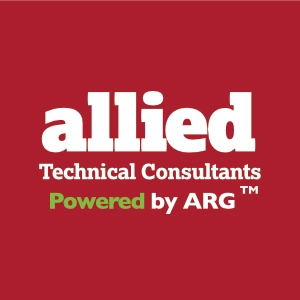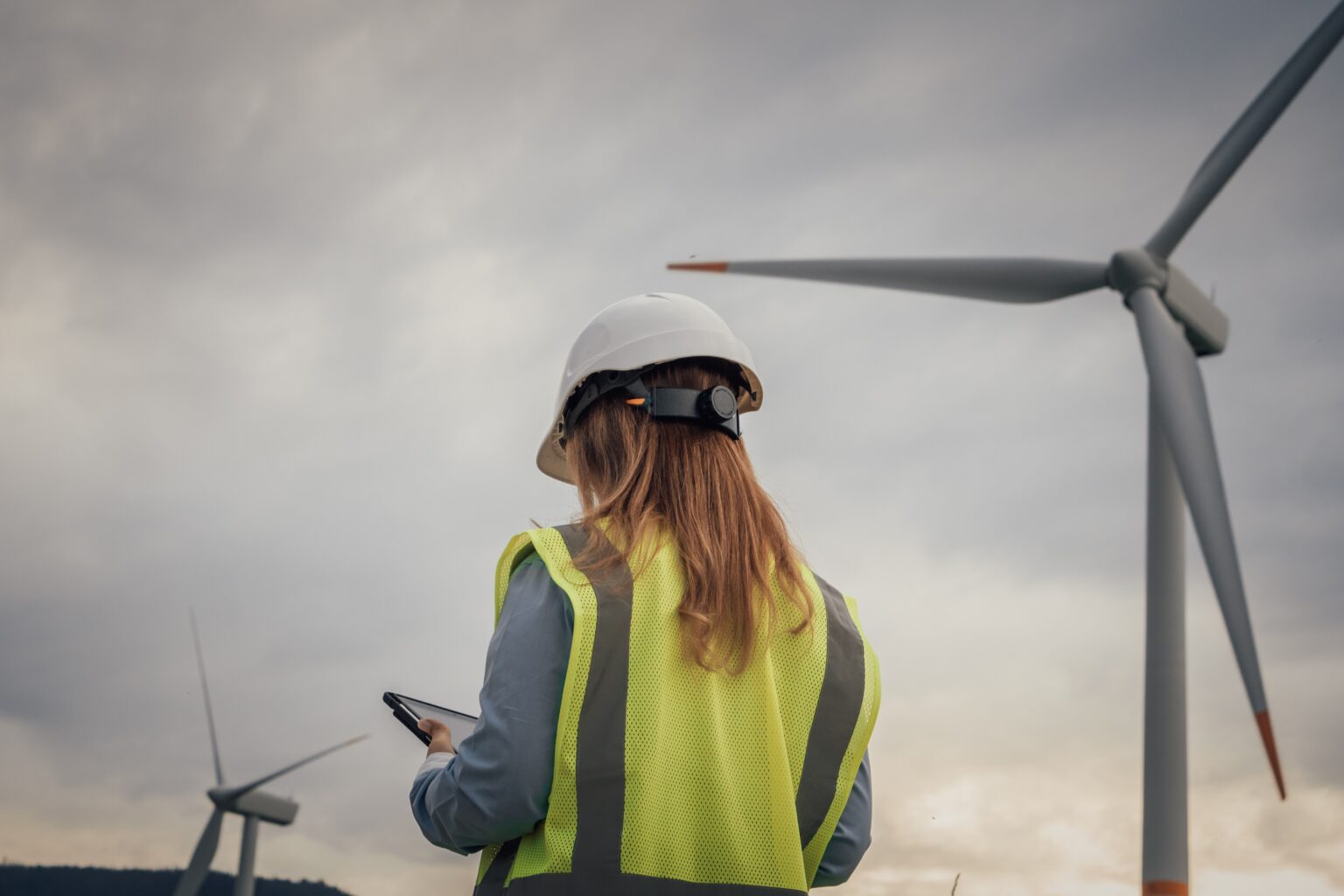The power, gas, and utility sectors are in the midst of a defining transformation. Artificial intelligence (AI) and digital technologies are changing how energy is produced, managed, and distributed — but this evolution isn’t just about technology; it’s about people. Utilities are shifting toward a workforce that blends traditional engineering knowledge with advanced digital capabilities, supported by strategic staffing partners who provide reskilling, specialized recruiting, and rapid team deployment.
From Legacy Systems to Smart Grids
Smart grids, IoT-enabled assets, and cloud-based analytics are redefining efficiency and reliability. Modern utility teams now include hybrid talent who understand both the physics of power and the logic of algorithms. Electrical engineers who model predictive data or analysts who understand substation operations are increasingly essential. Strategic partnerships and cross-functional training help close this talent gap.
According to a report by Marsh McLennan, utilities will need to recruit roughly 312,300 new workers over the next six years—nearly half of the sector’s current workforce—to meet the challenges of digitalization and decarbonization.¹
AI, Renewables, and Reliability
AI-driven predictive analytics anticipates equipment failures, minimizes downtime, and optimizes maintenance. Meanwhile, integrating renewables requires advanced forecasting, load management, and energy storage optimization. These trends create demand for reliability engineers, data scientists, and sustainability-focused analysts who can turn data into actionable insight.
A 2025 Gartner survey found that 94% of utility CIOs plan to increase AI investments, with 40% of utilities expected to deploy AI-driven operators in control rooms by 2027.²
Cybersecurity and Customer Experience
Digitalization brings progress — and risk. Connected grids require cybersecurity engineers, SOC specialists, and compliance analysts to protect infrastructure while maintaining uptime. At the same time, AI enables smarter billing, outage management, and personalized customer experiences, supported by data analysts and UX specialists.
Building a Future-Ready Workforce
Automation and AI are reshaping roles across every level: fewer purely manual positions, more technical support, AI, cloud computing, and cybersecurity roles. Reskilling programs allow legacy workers to evolve into hybrid roles, preserving institutional knowledge while closing the skills gap.
Yet 72% of utilities report a digital skills gap, underscoring the urgency of reskilling programs that align workforce development with emerging technologies.³
Preparing Utilities for the AI Era
The future of utility staffing hinges on blending human expertise with AI. Success isn’t just about technology adoption; it’s about empowering people to make it work smarter. Strategic staffing partners help utilities scale capabilities, deploy specialized teams, and sustain innovation — because AI transforms the grid, but the right people transform what’s possible within it.
Sources
- Marsh McLennan. “Utilities Workforce Resilience: Closing the Talent Gap.” (2024) — marsh.com
- Gartner. “AI Adoption in 40 Percent of Power and Utilities Control Rooms by 2027.” (2025) — gartner.com
- Zipdo. “Upskilling and Reskilling in the Utilities Industry Statistics.” (2024) — zipdo.co

